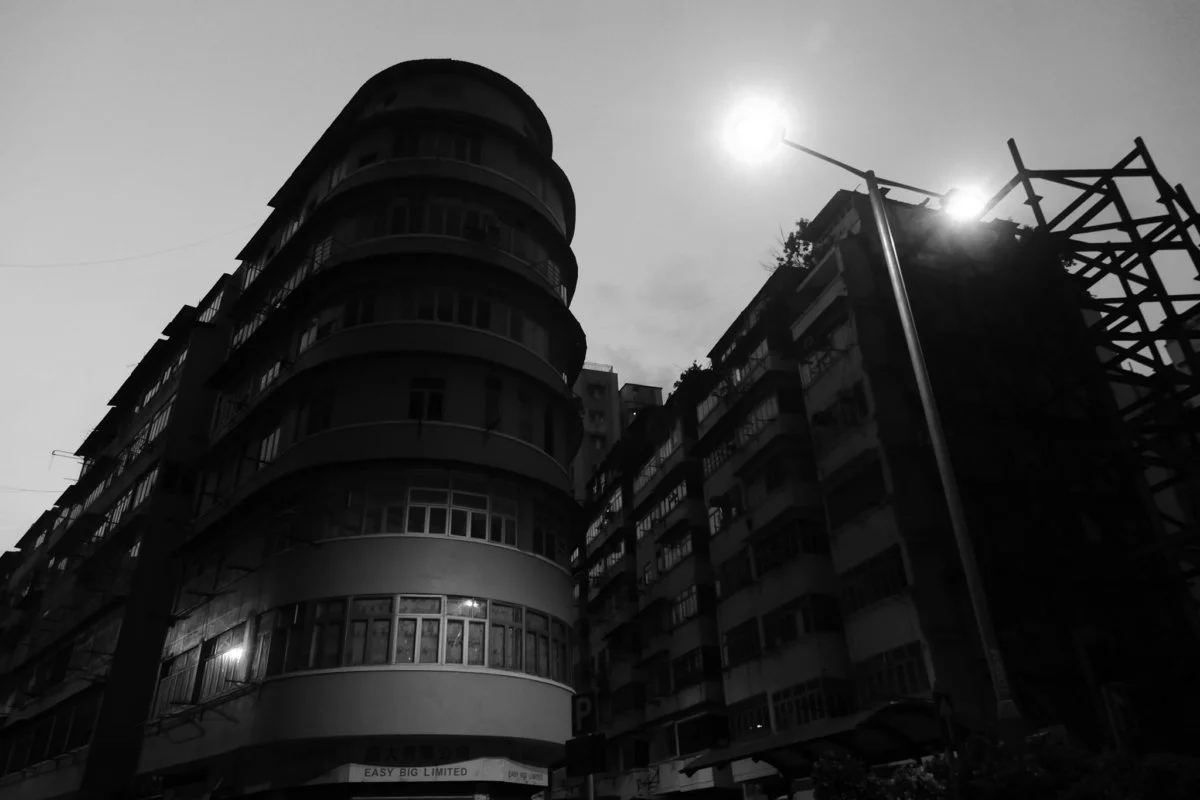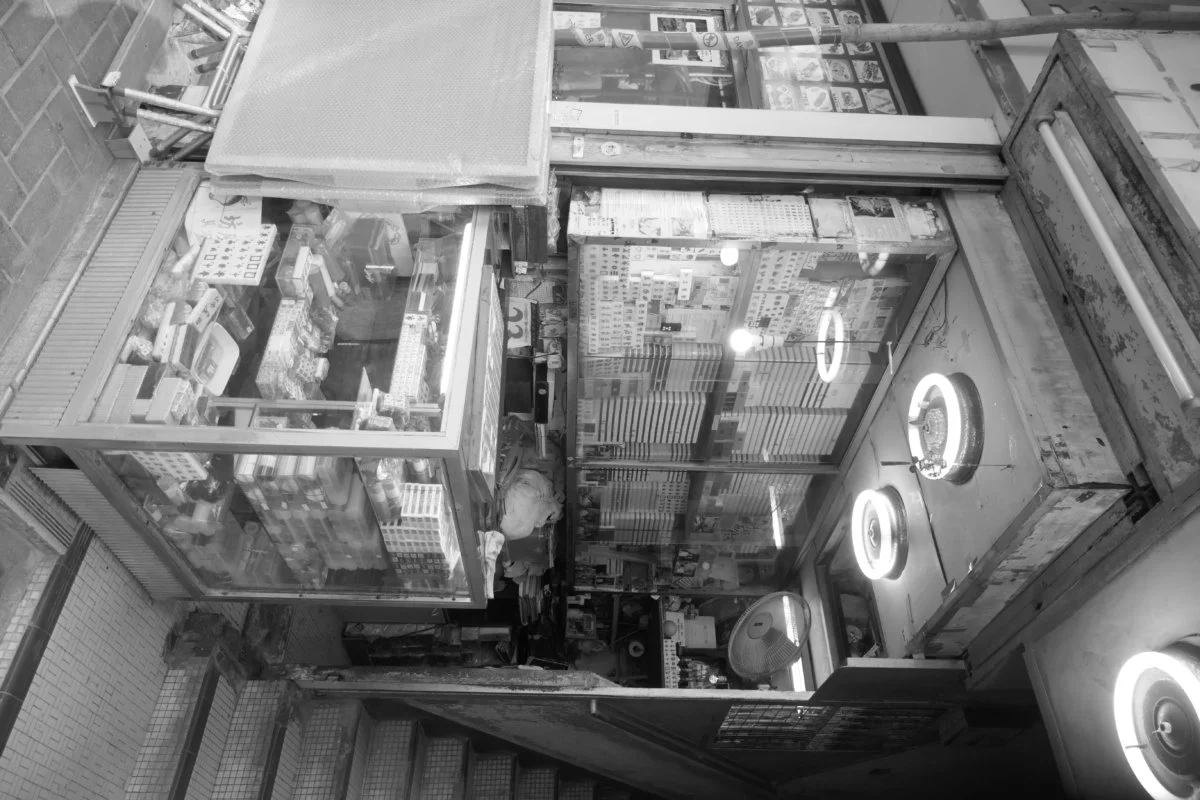Last week, the Government Hill Concern Group (GHCG), a composite group of urban planning and heritage conservation activists, joined residents and other objectors to continue the push for planning restrictions for the Bishop Hill heritage site in Central. We gathered again at the final public hearing for ‘further representations’ in a statutory planning process first heard by the Town Planning Board more than two years ago. The GHCG had proposed at a previous TPB hearing that the entire Bishop Hill site have a height restriction of no higher than 80 metres above sea-level (80mPD), and that any new development or alteration of the site’s buildings must first go through a public planning consultation with final approval of the Town Planning Board. Last December, the TPB agreed with us. They agreed that these parameters would offer a good check to preserve the heritage of the site, and, a balance to allow the Sheng Kung Hui (the Anglican Church) opportunities to appropriately develop the site.
Last Friday’s planning hearing was potentially difficult as the Sheng Kung Hui had applied for a judicial review challenging last December’s decision, despite the statutory process still being incomplete. However – and, we were initially worried – there was resolve from the Planning Department and TPB Members to ensure a full discussion on the Sheng Kung Hui’s point of view, including discussing a higher allowable height and a counter-proposal that the TPB have no planning oversight on future developments and alterations to the site’s existing buildings.
In a wide-ranging discussion, the TPB Members pressed the Heritage Commissioner and Planning Department officers to explain the history of the Shek Kung Hui’s plans for Bishop Hill. It was outlined that the Sheng Kung Hui had been given permission in 2011 to construct a large community centre, with the site being divided into two zones allowing building heights of 103m and 108m respectively. The Chief-Executive-in-Council approved this scheme as one of the key heritage sites of the ‘Conserving Central’ policy formulated by then-Chief Executive Donald Tsang and then-Development Secretary Carrie Lam – despite Sheng Kung Hui’s plans being development rather than heritage-led.

This permission gave the Sheng Kung Hui a fortuitous opportunity to develop Bishop Hill as there had been no public discussion of the implications of constructing high-rise buildings on this fragile hillside heritage site; nor any consideration of pedestrian connectivity, site access, design compatibility with the heritage and greenery, and potential traffic congestion. The Sheng Kung Hui procrastinated over this plan and later abandoned the community centre idea, deciding that a 135metre tall hospital should be built instead. However, this plan did not have official government approval – some negotiations needed to begin again. Time went by and such issues as commissioning a conservation management plan, a traffic study and developing a financial plan to actually construct the hospital were not taken forward. Years went by, and questions about the hospital were asked by pro-democracy councillors in the District Council – often, as confirmed by councillors at the TPB hearing, the Sheng Kung Hui did not even attend Council meetings, despite the hospital development impinging on other Central district infrastructure.
Maybe the government was tired of waiting, maybe the prospect of a huge building hovering over the Chief Executive’s Upper Albert Road residence was unpalatable after last year’s anti-government protests. Whatever the reasons, there was a shift in attitude, partially prompted by the GHCG’s considered alternative heritage-led submissions. Official support through the Town Planning Board now backed planning restrictions to ensure Bishop Hill’s heritage ambience were not overwhelmed by any new development. Last Friday, this was confirmed.
It is a good decision and good for Hong Kong. The Sheng Kung Hui should now appreciate the site’s fabulous history and abandon any judicial review. If any development is contemplated, keep it modest. The teachings of the church have lots of examples of this approach!
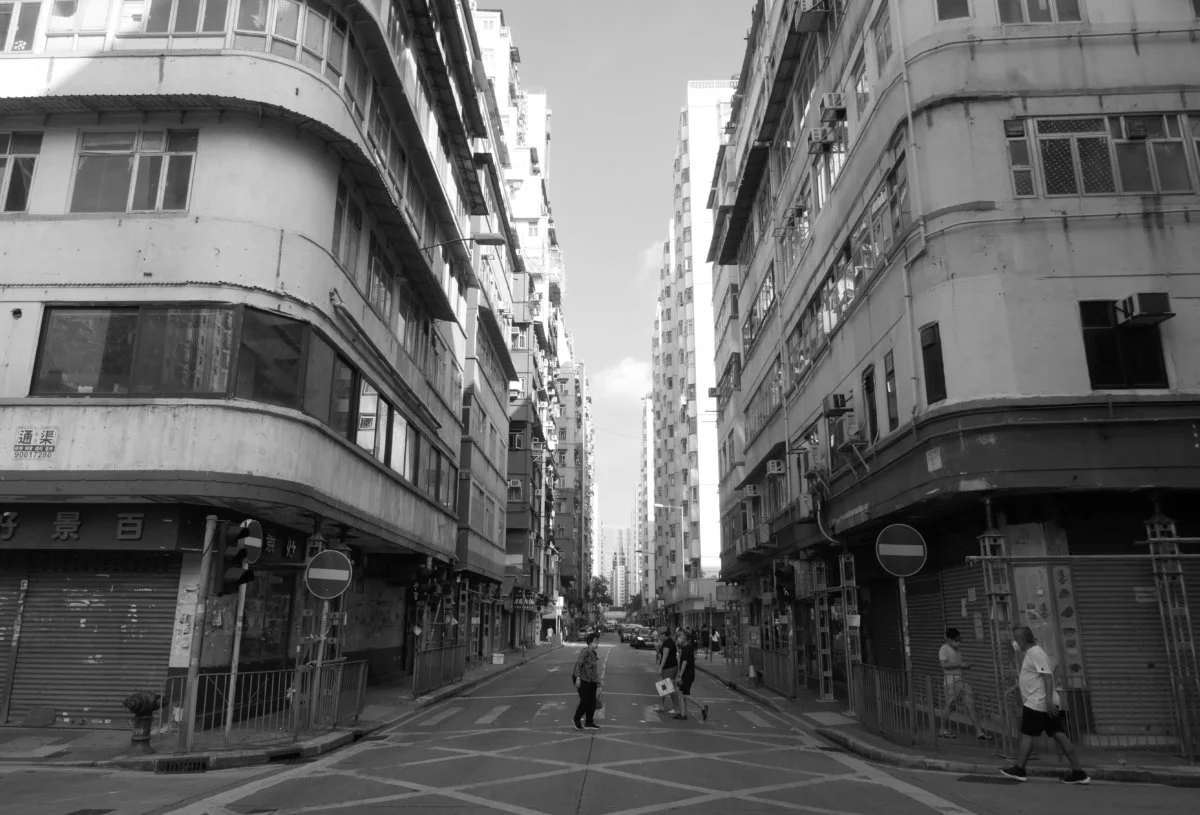
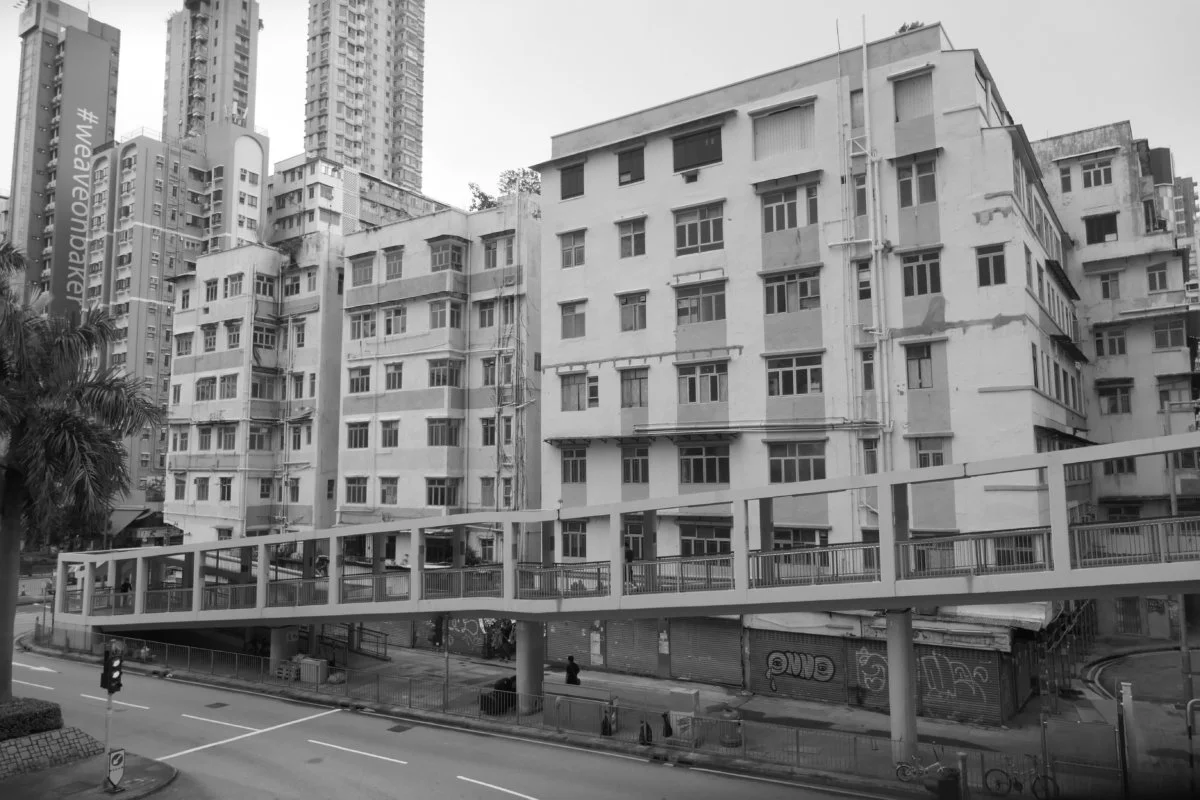
A couple of days later, I met a friend for a walk around Hung Hom and To Kwa Wan. If the colonial buildings of Central will be preserved, the honest residential housing of Kowloon’s post-war boom years will not.
In Hung Hom, flats are lined-up in blocks, now emptied of families and businesses. From a distance, the tell-tale sign of impending demolition is there: shuttered shops and air-conditioners removed from windows, their skeletal supports left like an animal attacked, eaten by prey, the remains picked over by flies. Already, the illegal rooftop flats have been demolished. Later, vultures in the form of property developers and/or the Urban Renewal Authority will demolish the rest. Government resumption of private property and developers’ property accumulation is gradual and incremental. It takes years, but quicker if Richfield Realty ‘encourages’ owners to sell and properties become less habitable when staircase lighting and other services are disconnected.
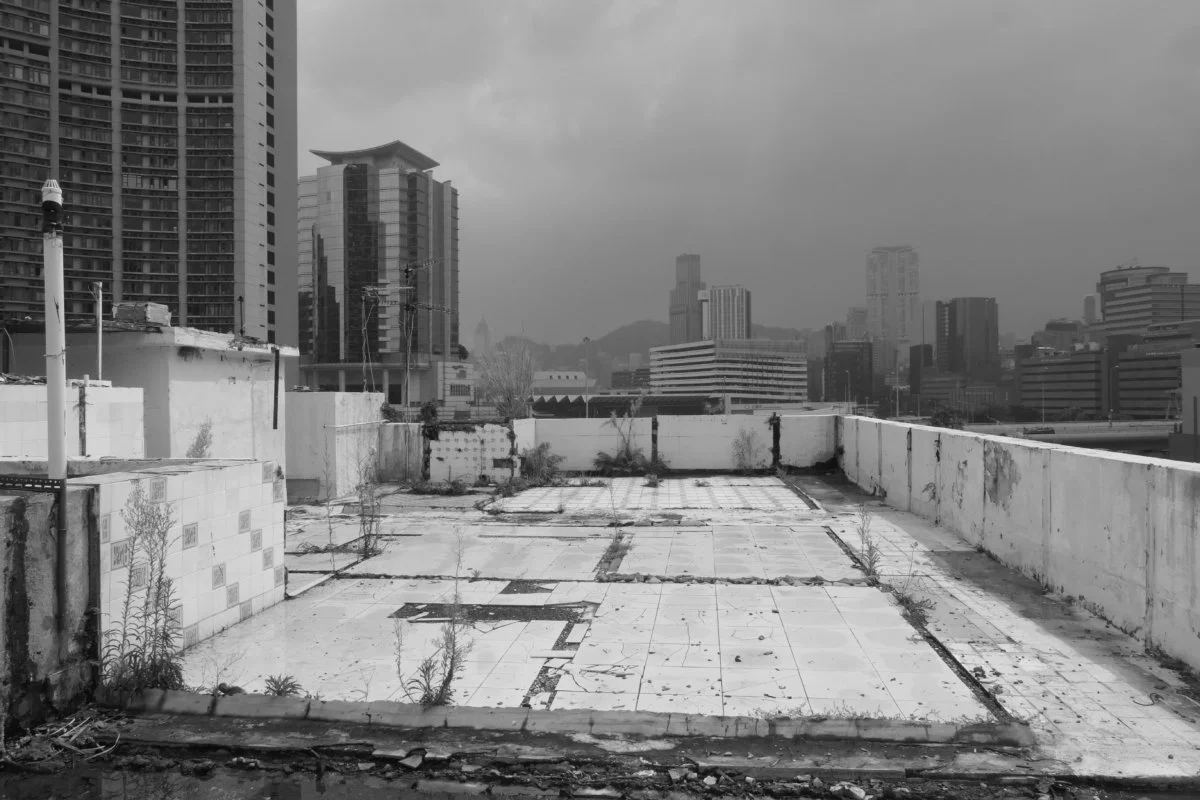
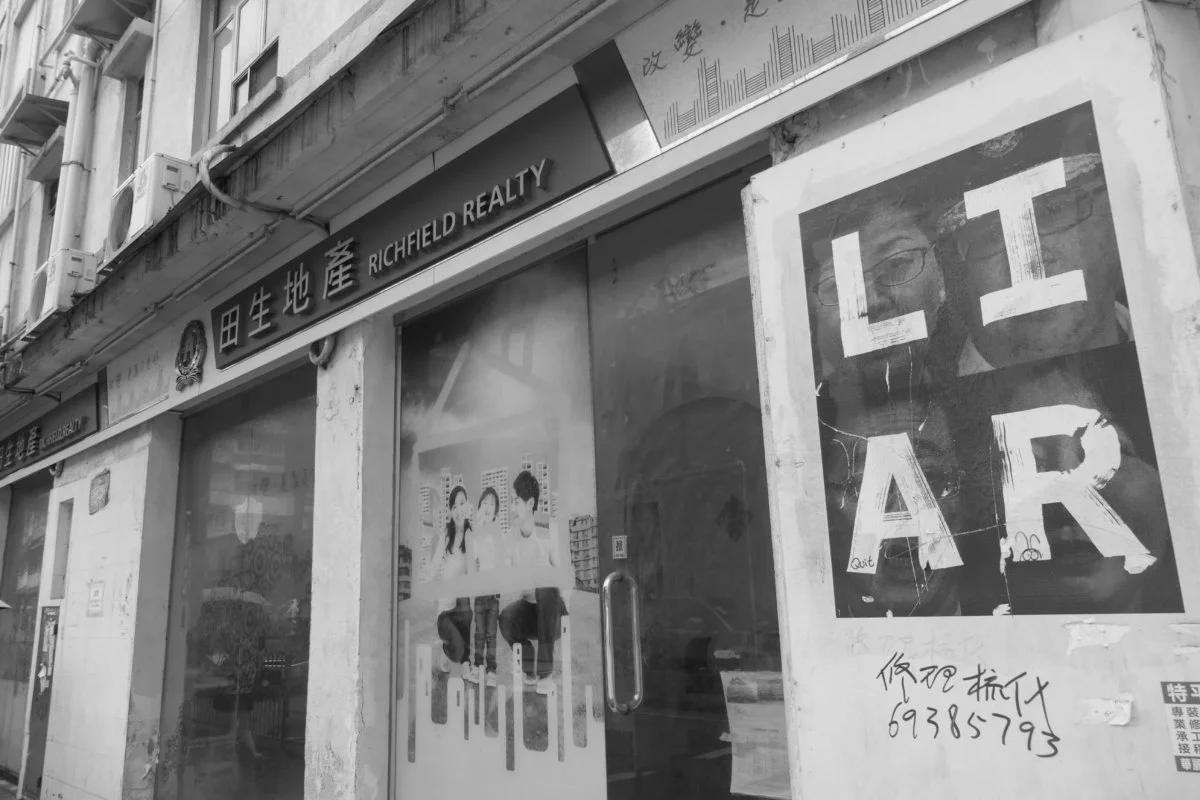
The round-cornered building on Kai Ming Street in To Kwa Wan is a favourite – years ago, I would stop at the restaurant situated on the corner for a cold drink and a bowl of noodles, sitting at an outdoor table on a hot summer’s day. The restaurant has gone, as has the replacement business, but its sign remains: ‘Big Easy Limited’ sort of sums up the building’s and the area’s fate. Despite last year’s protests, including demands for the gross gap between rich and poor to be tackled, property developers still have it big and reasonably easy to fundamentally alter the urban landscape with mass middle-class housing, whereas lower-cost housing to replace the city’s notorious cage-homes and subdivided flats is also needed.
